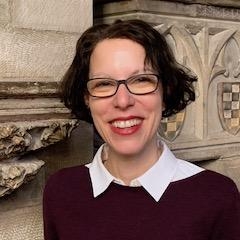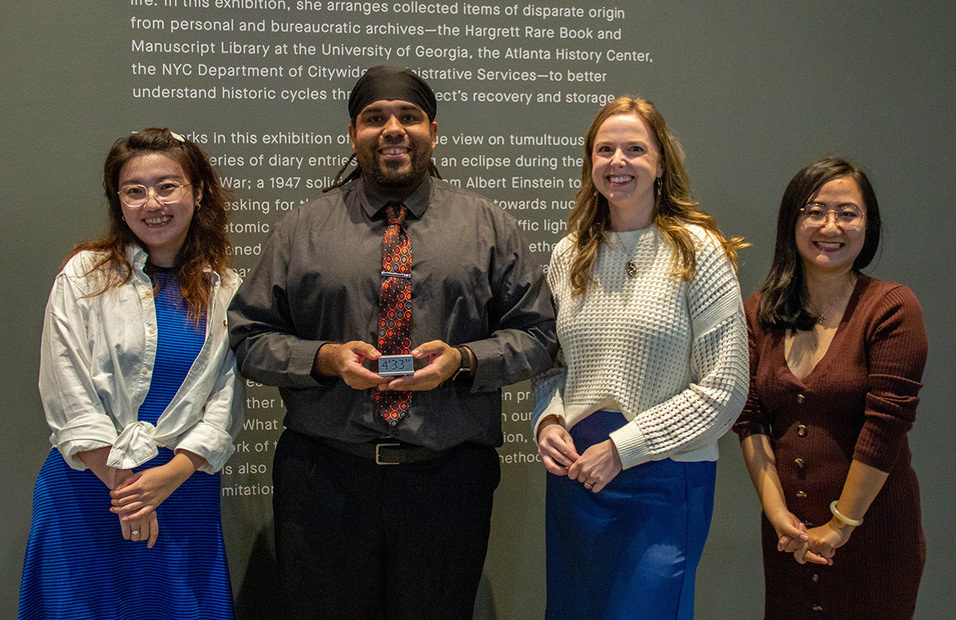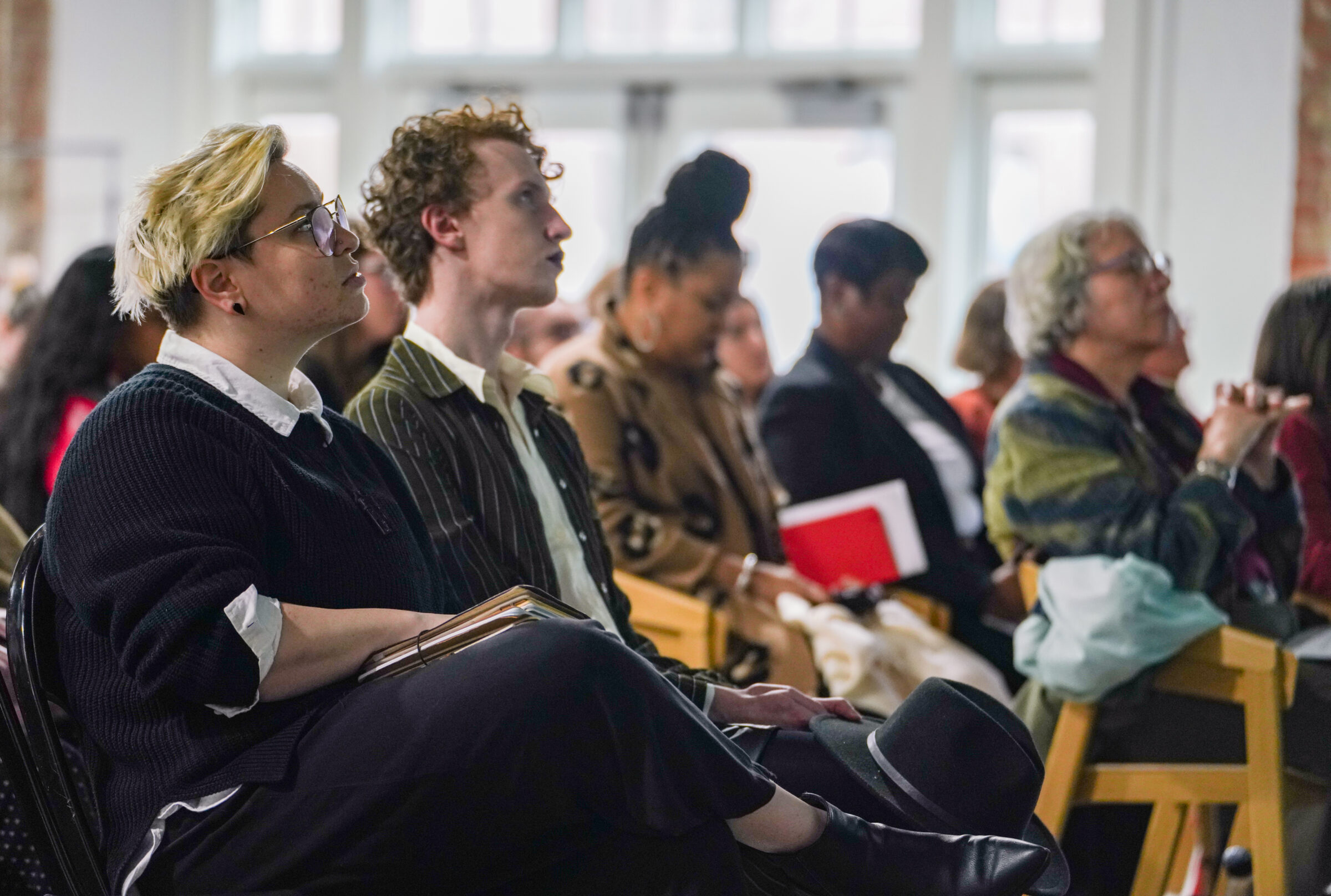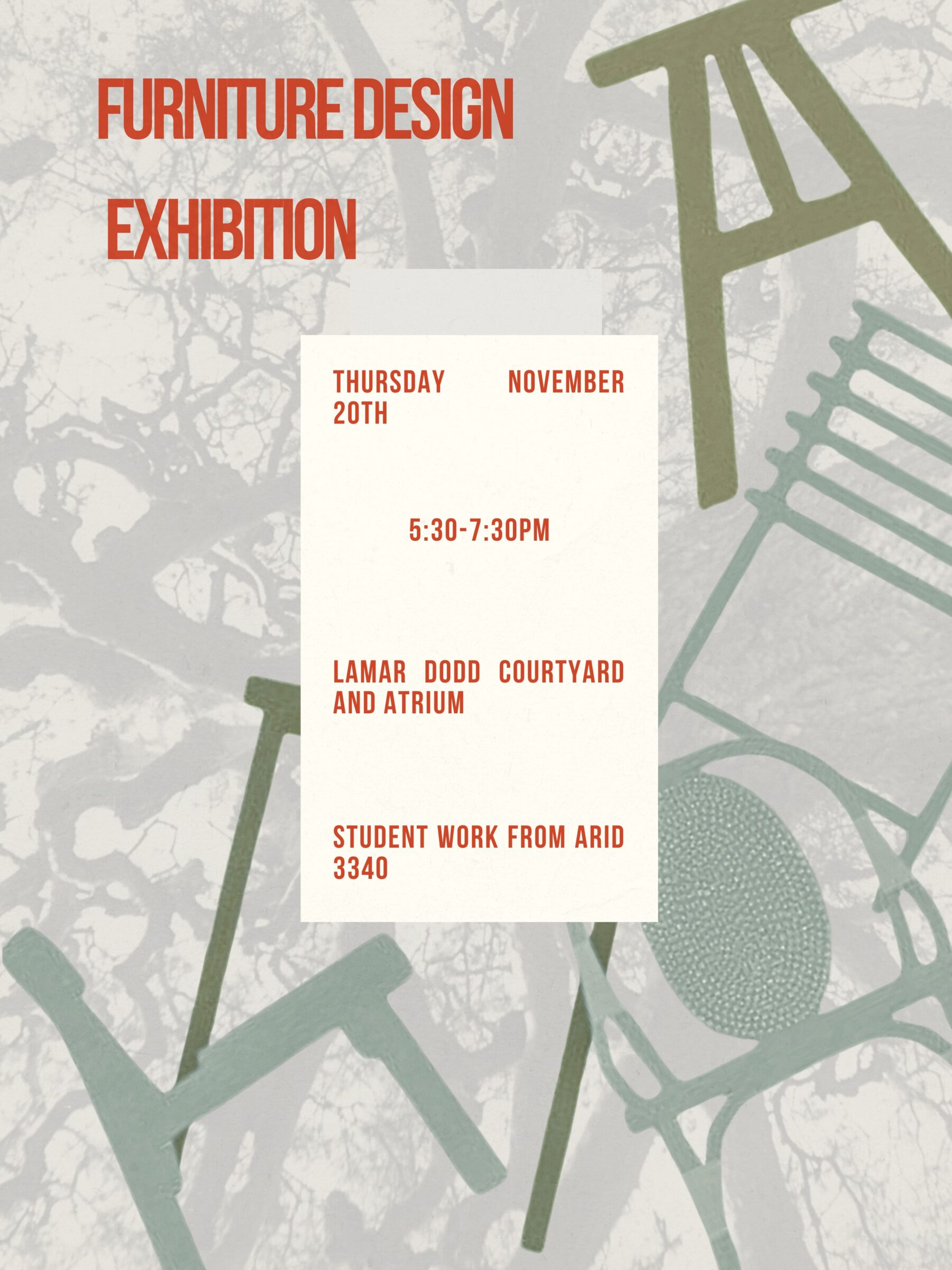2023-2024 AGAS Lecture Series | Nina Rowe
October 12th, 2023 at 5:30 pm

Date & Time
October 12th, 2023 at 5:30 pm
– October 12th, 2023 at 7:00 pm
Location
Lamar Dodd School of Art | S150
Type of Event
Assoc. of Graduate Art Students Lectures
Academic Area
Art History
Sponsor
Franklin College of Arts & Sciences
Lamar Dodd School of Art
Willson Center for Humanities & Arts

Speaker Name: Nina Rowe
Speaker’s Website: Art History Faculty page
Department: Art History
University or Organization: Fordham University
Banner artwork: Nero and the Doctors, in a World Chronicle manuscript, southern Germany, 1402. (Image: New York, New York Public Library, Spencer MS 38, fol. 343r.)
The ancient Roman emperor Nero often figures today as a stock embodiment of an abominable ruler. In the late Middle Ages, Nero also was deplored, but for crimes long forgotten in modern accounts. This lecture explores a story about unusual demands Nero made on a cluster of doctors, presented in word and image in a pair of illuminated World Chronicle manuscripts created in Bavaria, circa 1400. The original audiences for the tale lived at a time of increased professionalization and regulation of medicine, when public health was understood to be a means toward urban peace more broadly. The Nero episodes in the World Chronicles invited viewers to reflect on harmony in the public sphere by engaging with entertaining scenes of Nero’s corporeal eccentricity.
The Association of Graduate Art Students (AGAS) lecture is sponsored by the Franklin College of Arts & Sciences, the Willson Center for Humanities & Arts, and the Lamar Dodd School of Art.
Lecturer Bio
Nina Rowe specializes in the art of northern Europe in the high and late Middle Ages (twelfth to fifteenth century). Her recent research examines illuminated World Chronicle (Weltchronik) manuscripts, created in southern Germany and Austria circa 1330 to 1430. Another facet of her scholarship examines images of Jews and Judaism in settings ranging from monumental cathedral façade sculpture to hand-held carved ivories. Her scholarship also addresses the production and reception of illuminated manuscripts in the medieval and modern eras.
Professor Rowe’s research has been supported by fellowships from the National Endowment for the Humanities (2016-17), the American Council of Learned Societies (2016-17), and the Metropolitan Museum of Art (2007-8). She was awarded the Karen Gould Prize from the Medieval Academy of America in 2023 for her book The Illuminated World Chronicle: Tales from the Late Medieval City (Yale UP, 2020). She served as President of the International Center of Medieval Art (ICMA), 2020-23.





